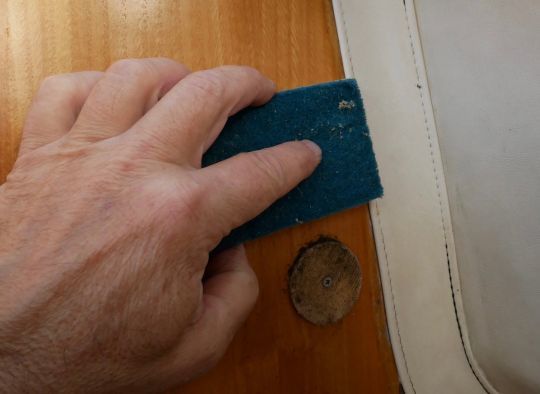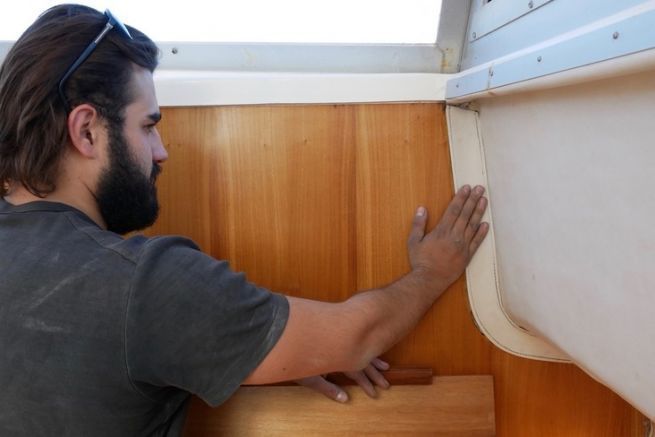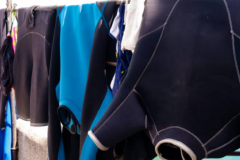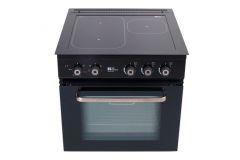Vinyl-coated fabric is very common on older boats. It covers the visible parts of the polyester, those that are not hidden by the fittings. This fabric is easy to install and can be used to cover the curves of a boat's interior. To hide the roughness of the polyester, it is lined with a foam that disintegrates over time, allowing the lining to collapse under its own weight.
Work in place
The only purpose of these parts is aesthetic, so there is no reason to remove what is holding on. We just remove the easily removable parts of the fittings that hold an end or corner of a vinyl panel.
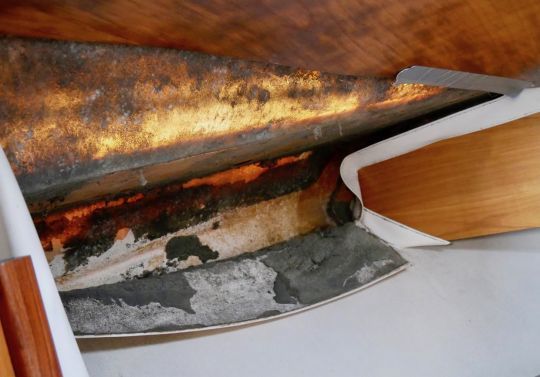
A dusty job
The foam lining disintegrates into a volatile dust that gets everywhere. The best thing to do is to take the time to remove the upholstery, mask what can be masked and "tape" the finger holes in the furniture.
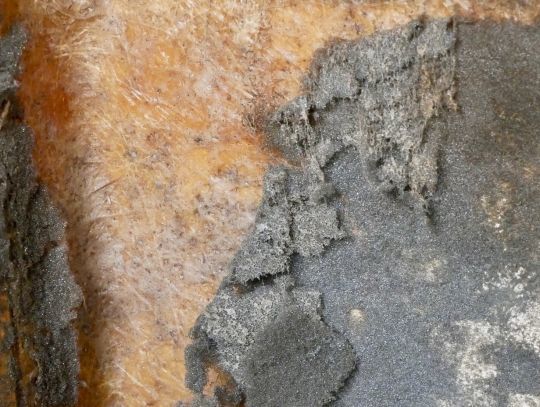
Filed or suspended?
Panels cover the large surfaces, while strips in the shape of the curves ensure the finishing of the edges and the connections. Each piece is laid down with its location carefully marked. All are simple in shape and it would be quite easy to replace a damaged element using the old panels as a pattern.
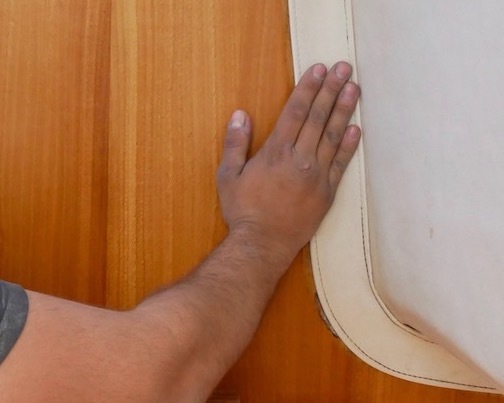
A chance at scratching...
To free up the workspace, panels that cannot be completely removed are hung high with clamps. This allows you to work without having to reach under the vinyl panel.
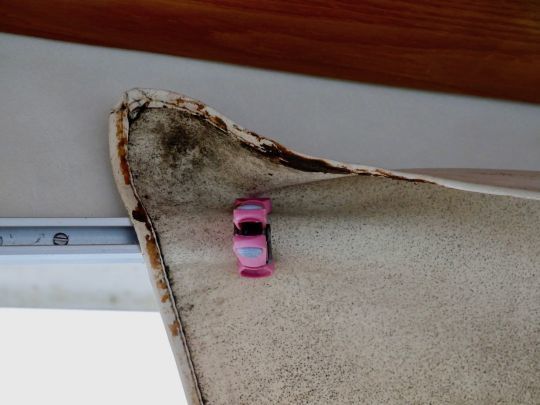
Homemade scraper
The residues of foam and old glue are scraped off with a spatula. Here we use a homemade tool, a fairly stiff putty knife with a sharpened blade. It is a formidable weapon to scrape, scrape and clean everything that needs to be cleaned without damaging the support.
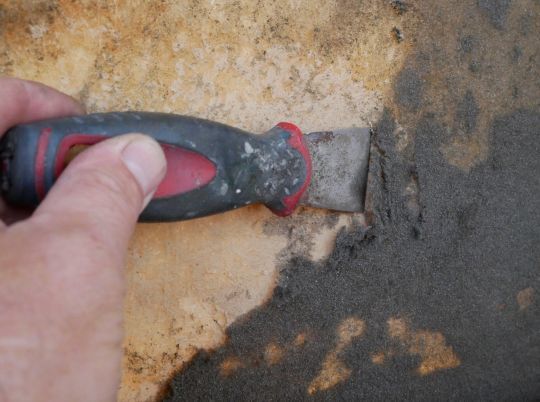
Careful cleaning
A vigorous dusting with a stiff bristle brush completes the cleaning job. A powerful vacuum cleaner finishes off the last traces of dust. In our case, most vaigré spaces are made up of at least 2 overlapping panels. This requires a minimum of thought to determine which one to glue first.
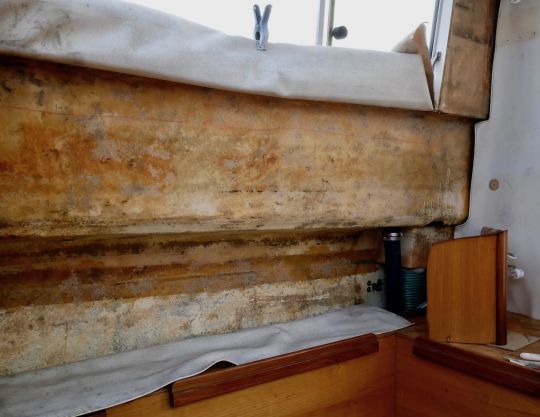
The glue from the floorâeuros¦ to the ceiling
We use a floor covering glue that has the advantages of being very adhesive, can be cleaned with hot water and has no odor. An additional advantage is that there is no need to glue both sides of the surface, as with Neoprene glue. The latter is toxic and prohibits any adjustment during installation.
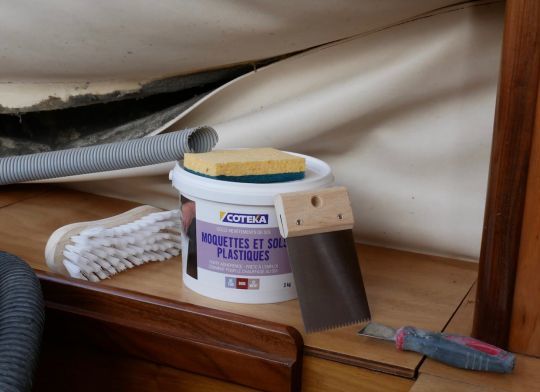
Spatula and patience!
The manufacturer recommends that we spread the product with a notched spatula. For corners and hard-to-reach areas, we apply it with a brush and use the spatula to even out the product. The instructions recommend waiting at least 10 minutes before applying the coating to the glued surface.
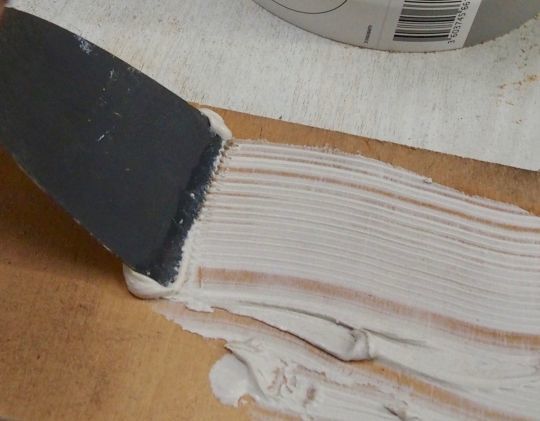
The right to make mistakes
We place the vinyl covering by simply smoothing with the flat of the hand. Once we are sure of the right positioning, we only have to apply the vinyl, i.e. apply it strongly while chasing away the air bubbles with a simple cloth or sponge.
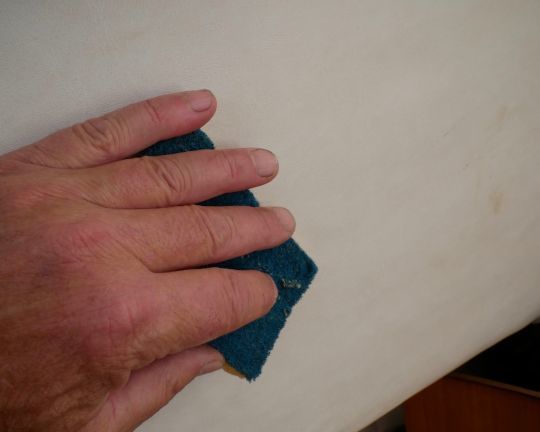
Not all at once!
Siding does not bend well at sharp angles. Once the panel has been applied to its support, it is best to wait for the glue to dry before attempting to make the edge take a convex angle. When the time comes, simply touch up the glue with a brush, wait for the product to "gum up" and apply the fabric in place.
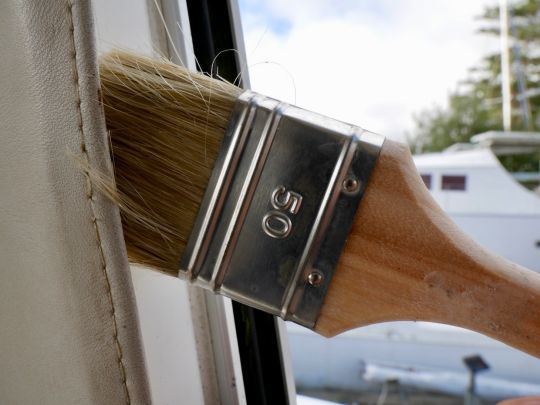
The virtues of hot water
While the glue seems to have little adhesion, its qualities can be measured as soon as it dries on the fingers! Before it dries completely, it can be cleaned with warm water without too much trouble. The most practical thing is to keep a bucket within reach during the application. Nevertheless, this product is of a color close to that of the coating and the possible overflows are not very noticeable.
